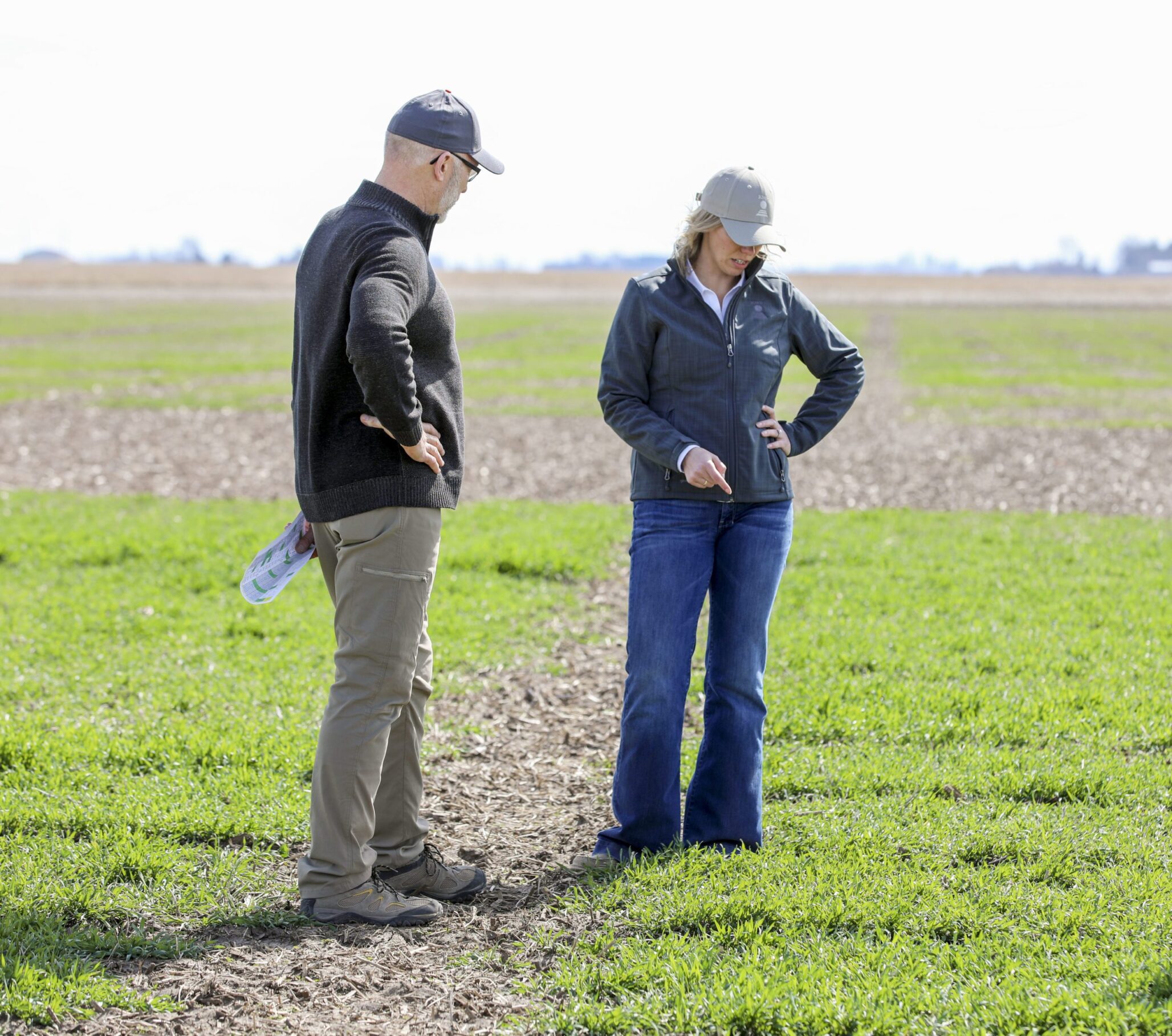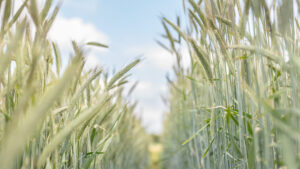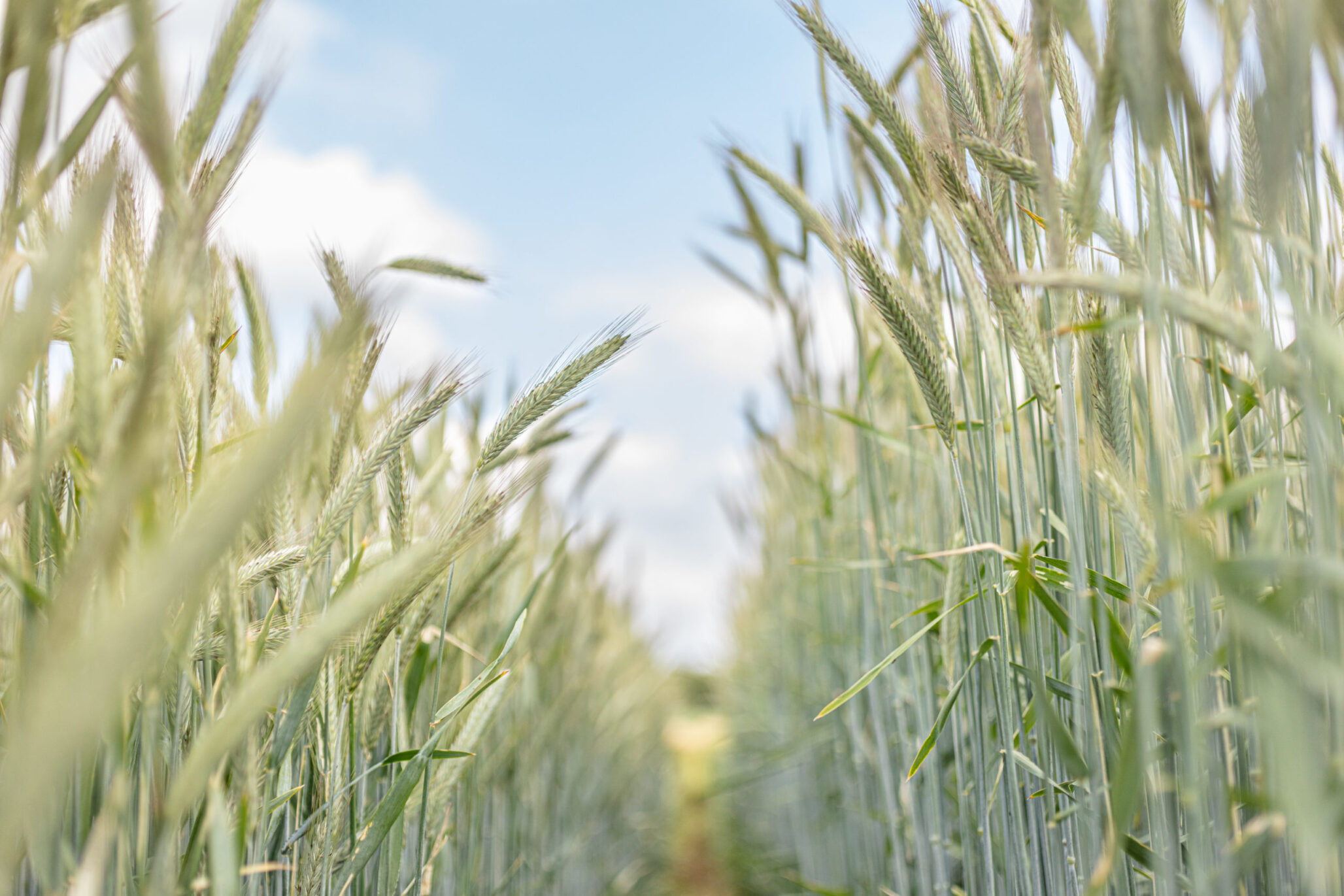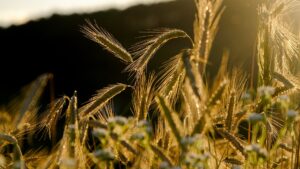Hybrid rye is already an amazing crop, but that doesn’t mean there aren’t improvements that can be made. This is why our team at KWS Cereals is working hard with our plant breeders to trial and bring new improved hybrid rye varieties to market.
Recently I was talking with my colleague Paul Gregor, who is our product manager for hybrid rye. He’s the guy who’s out in the fields trialling varieties and finding the ones that will work best for American farmers. I’m going to let him tell you about how our team brings new hybrid rye varieties to market.
I’m the guy who’s in charge of evaluating and selecting the new hybrid varieties that KWS Cereals trials in the United States. I talk back and forth with our plant breeders in Germany to share information on what farmers here need agronomically, what our growing conditions are like and what the processors who buy the crop are looking for. The breeders then send me preliminary data and assessments on new variety selections, and I choose ones for us to trial with traits that are the best fit for U.S. farmers.
I work with universities across the country to trial these hybrid rye varieties every year. Currently we have five breeder locations in South Dakota, Minnesota, Illinois, Wisconsin, and Kentucky. On site staff record how the fields are doing throughout the growing season and send me updates. I do travel across the U.S. throughout the growing season visiting the trial plots in person, but I can’t be there every day to see the changes, so I rely on these updates to keep track of how our hybrid rye varieties are doing.
Besides yield, standability, quality and disease, we do numerous assessments throughout the year. How did they come out of winter in the spring? What kind of stands did we get early at planting in the fall? Then I make some visual assessments also, they’re not necessarily cut and dry one through 10 type assessments, they’re more appearance-based, their look, their head orientation, etc. We test the varieties for multiple years, picking the most elite ones and then releasing them for farmers to grow.
Currently we have a few varieties in the test phase that will give farmers further south the opportunity to grow hybrid rye. We are testing facultative varieties; varieties with spring and winter parents which can be grown in the fall or spring and still produce seeds – they don’t need vernalization in the winter to produce. We also have a few semi-dwarf varieties we’re looking at, they’re closer to the ground making them easier to combine with less residue.
Hybrid rye is a crop with a lot of possibilities, which is why we’re working hard to bring you more varieties to grow. We’re getting more and more traction with it here in U.S. and while I’m not saying you should only plant rye, it’s one you should add to your crop rotation. It’s not just hybrid rye on its own that will change your farm, but it’s part of the equation.













